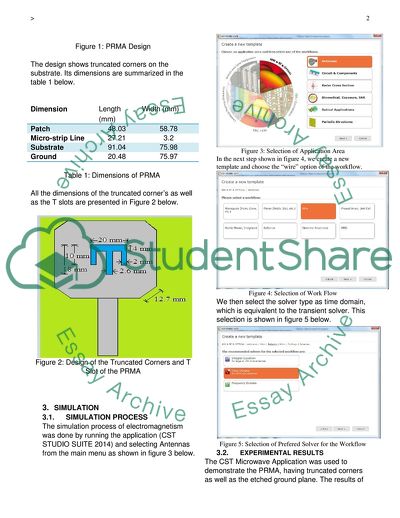Cite this document
(Electronic Engineering Lab Report Example | Topics and Well Written Essays - 1250 words, n.d.)
Electronic Engineering Lab Report Example | Topics and Well Written Essays - 1250 words. https://studentshare.org/engineering-and-construction/1863002-electronic-engineering-electromagnetics-module
Electronic Engineering Lab Report Example | Topics and Well Written Essays - 1250 words. https://studentshare.org/engineering-and-construction/1863002-electronic-engineering-electromagnetics-module
(Electronic Engineering Lab Report Example | Topics and Well Written Essays - 1250 Words)
Electronic Engineering Lab Report Example | Topics and Well Written Essays - 1250 Words. https://studentshare.org/engineering-and-construction/1863002-electronic-engineering-electromagnetics-module.
Electronic Engineering Lab Report Example | Topics and Well Written Essays - 1250 Words. https://studentshare.org/engineering-and-construction/1863002-electronic-engineering-electromagnetics-module.
“Electronic Engineering Lab Report Example | Topics and Well Written Essays - 1250 Words”. https://studentshare.org/engineering-and-construction/1863002-electronic-engineering-electromagnetics-module.


